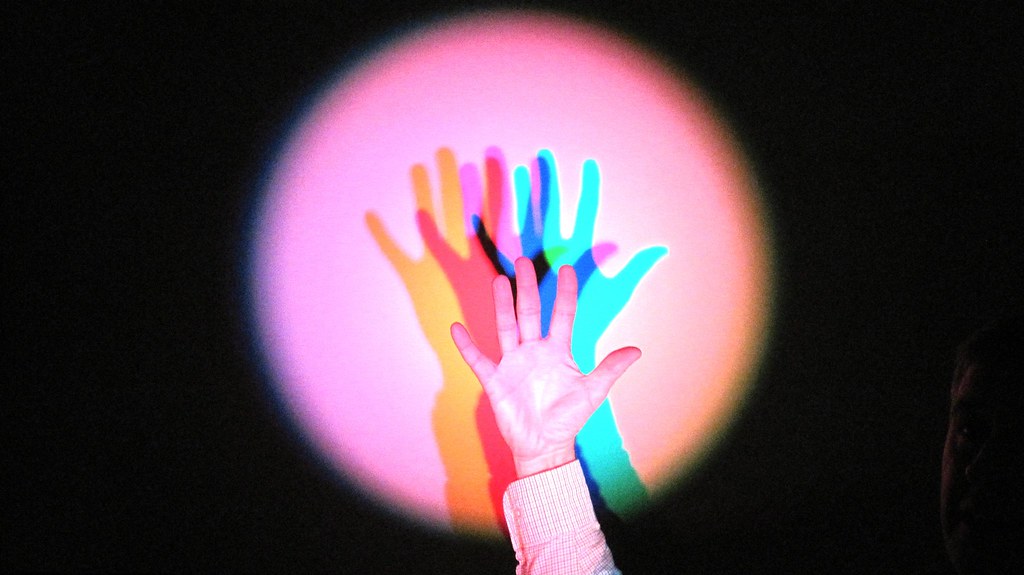

The process of rotoscoping (roto) is when you remove an object by drawing a matte around it. Mattes can be used to remove or isolate anything, and their shape, size and position can be fixed or animated.

Often when keying, you’ll need to use a matte to prevent an area from being affected by a chroma key. You may also want to save it as uncompressed or with lossless compression to preserve your image quality and to make your compositing easier.Ī huge error that many filmmakers make is thinking that it is cheaper and easier to fix all production problems in post. A video file that is RGB + Alpha will save your color and alpha channels. If you key a shot and want to save it for later, you need to use a file format that supports alpha channels so the transparency information is not lost. This transparent area is referred to as an alpha channel.

When a key is pulled, the green area of the shot becomes transparent. This is why it is important to control exactly how much green you are keying out so you don’t remove parts of the image you want to keep while removing the green screen. In other words when you key out a green screen, you are inherently getting rid of everything that is that color green in a shot. When you chroma key, the computer program takes all of a singular color or luminance value and removes it. Before we get into some common lighting problems, let’s take a look at how chroma keying actually works. Compositing is a multi-step process that often starts with a key or a rotoscope. It is a process that employs multiple skills including keying, color correction, rotoscoping, matting an object and lighting correction. Compositing includes adding things to shots, removing things from shots and painting things out from shots in addition to bringing shots together. Typically, compositing is the art of taking multiple images that were not captured together and blending the assets to make them look like they are one singular image. Keying is a compositing technique, but it’s not the only one. We'll also examine some common visual effects (VFX) techniques that can be used to fix bad chroma shots. This yields smoother edges between contrasting colors and, ultimately, yields a better key.We'll look at some common problems and see how you can fix them while you're shooting. When talking about color sampling, what that means is that not only does the green in Digital Green get sampled as color difference (CbCr), but it also gets sampled with luminance (Y). This means that the luminance (Y) is sampled 4 times, while its counter color difference components are samples twice.ĭigital Green is noticeably brighter than Digital Blue and definitely brighter than Chroma Green.
#GREEN SCREEN LIGHTS PROFESSIONAL#
Color Samplingįor most professional cameras that output a single HD-SDI signal, the structure that color is transmitted is called 4:2:2 (Y Cb Cr). Whenever possible, stick to Digital Green. This has always been a limiting factor for storage and transmission of color data. However, with the way color sampling works out, there is almost always a better sampling of green than its counter primary colors blue and red. Also most cameras use a light capturing technology that “samples” colors and light. The primary reason we use green is because green is the color that is furthest away from human flesh tones.


 0 kommentar(er)
0 kommentar(er)
